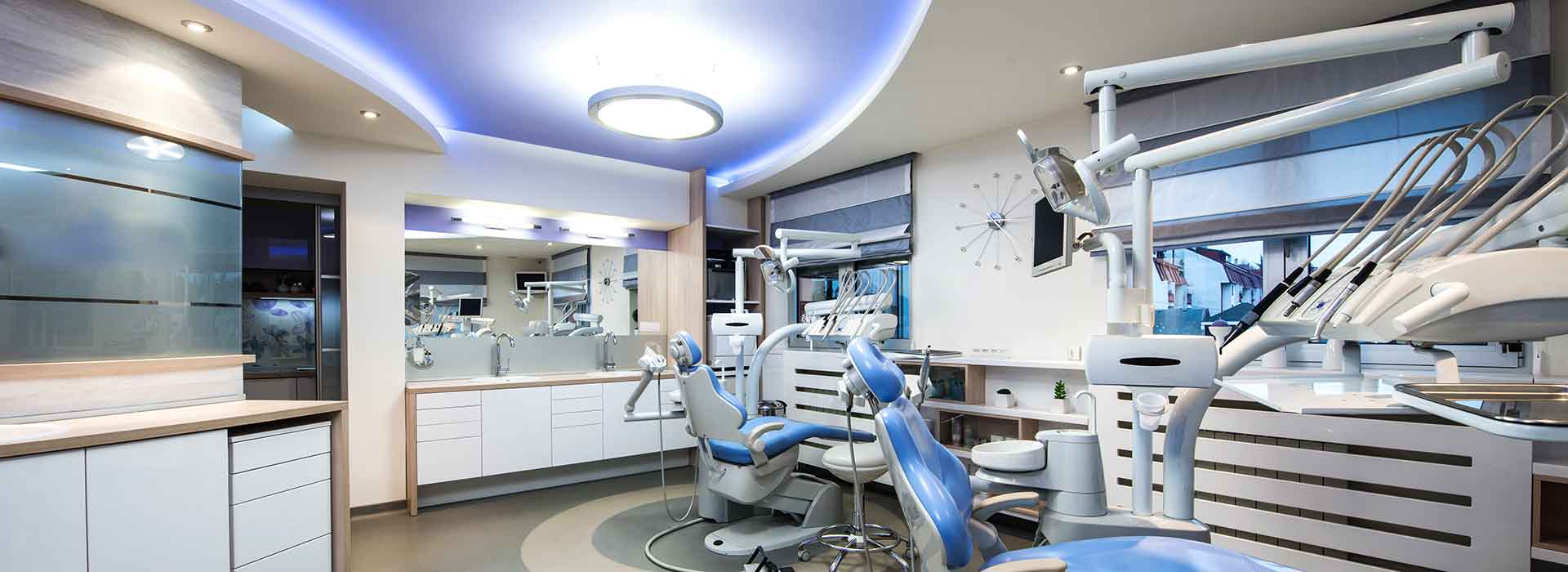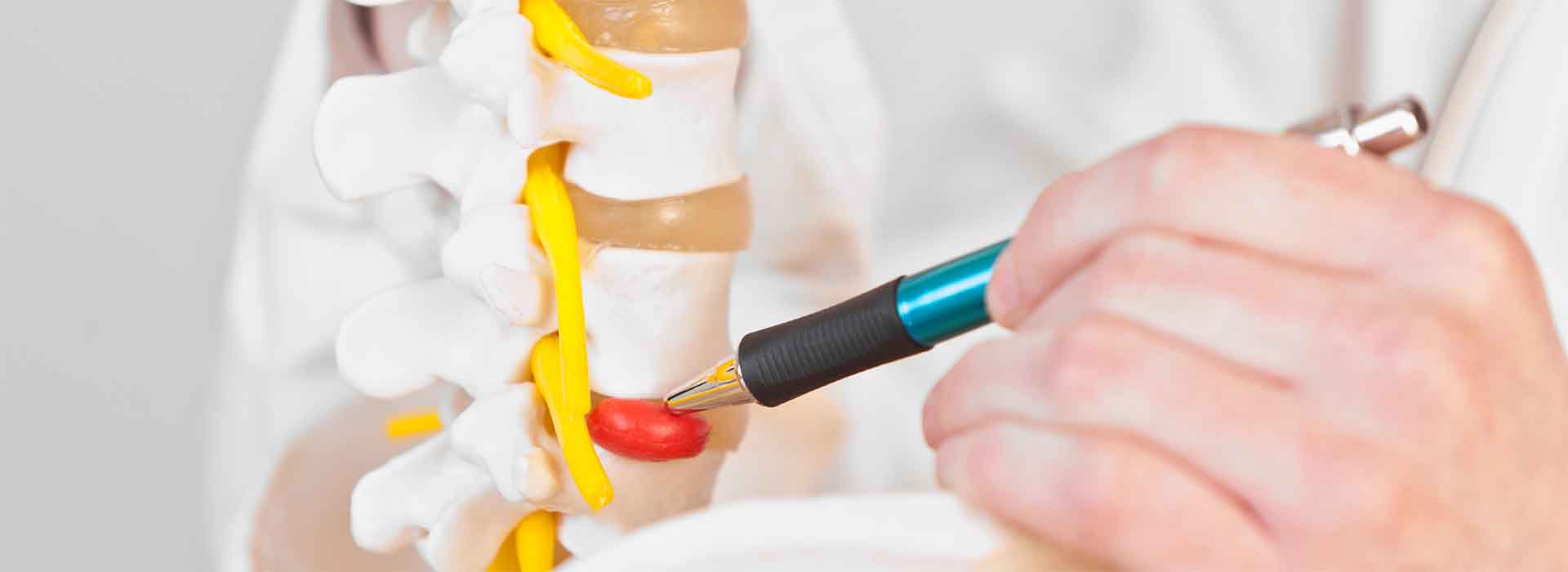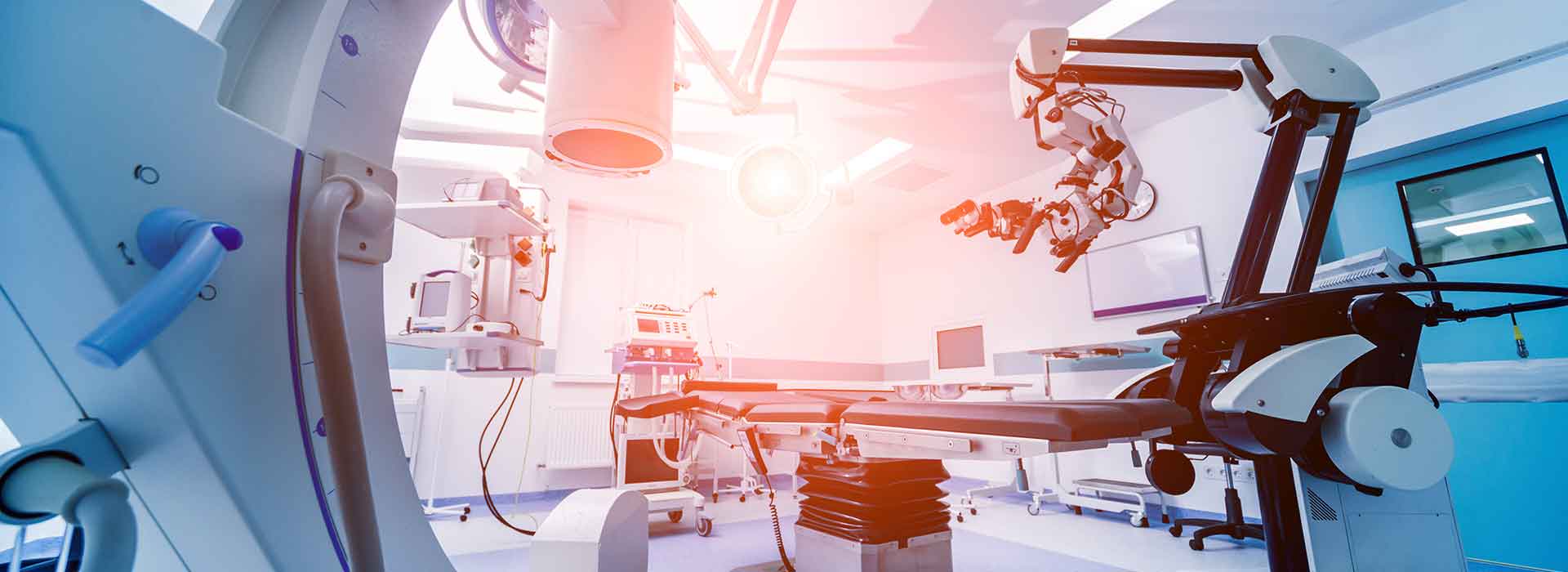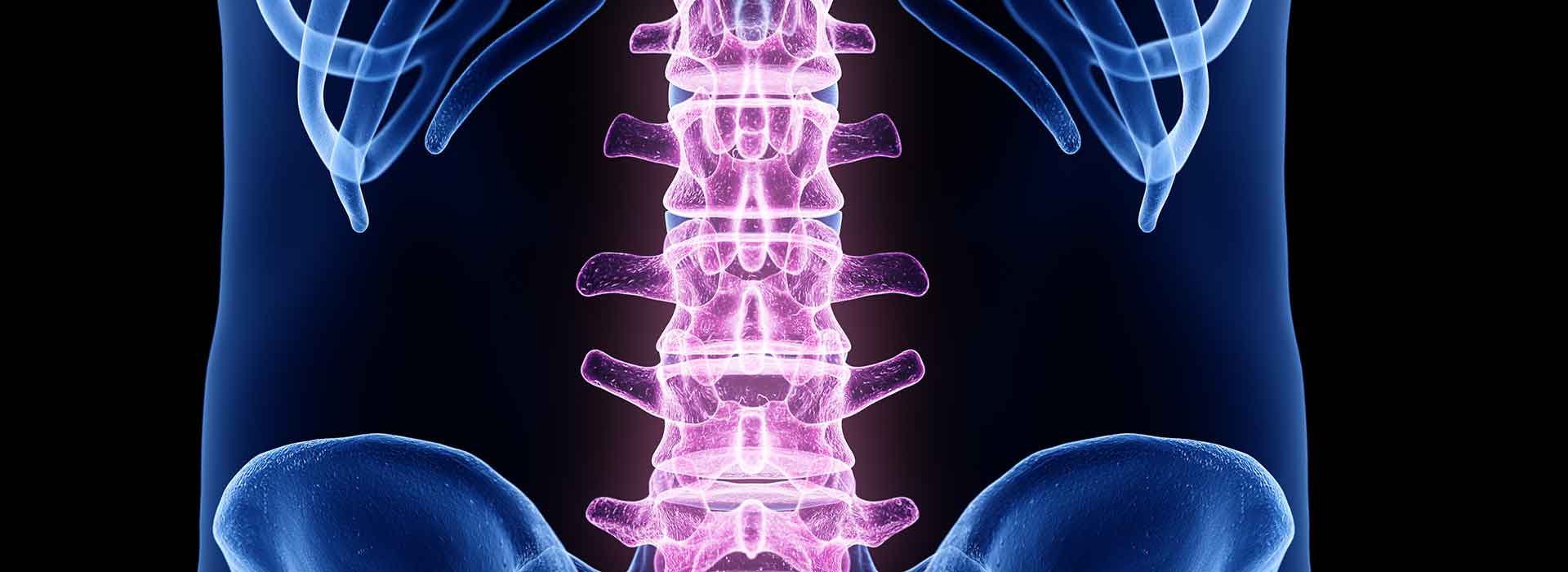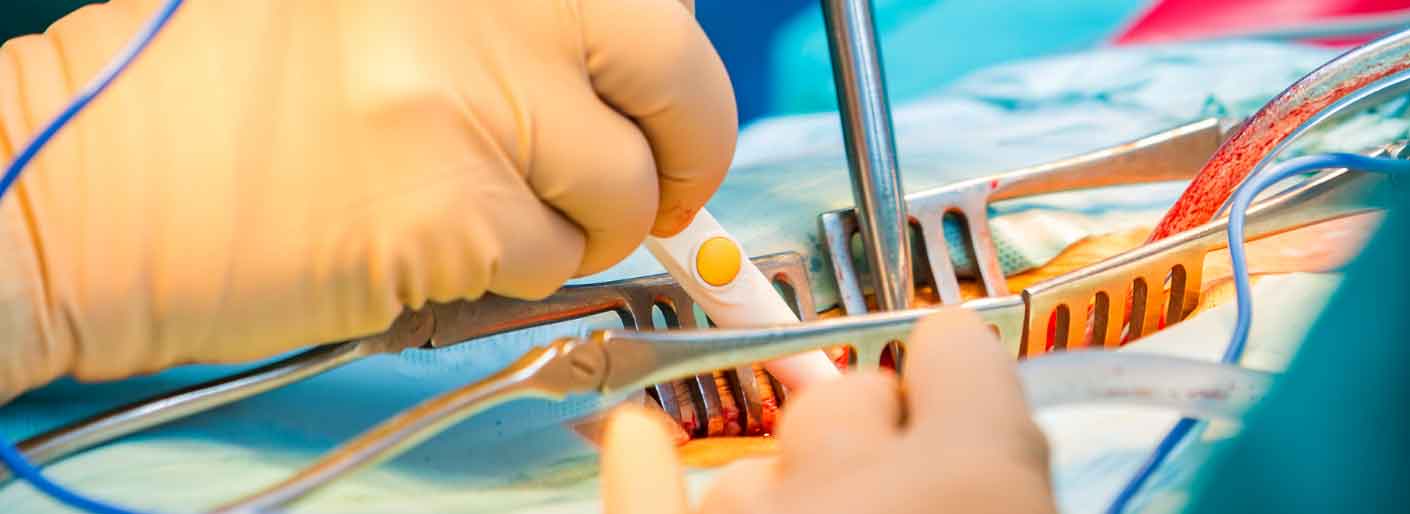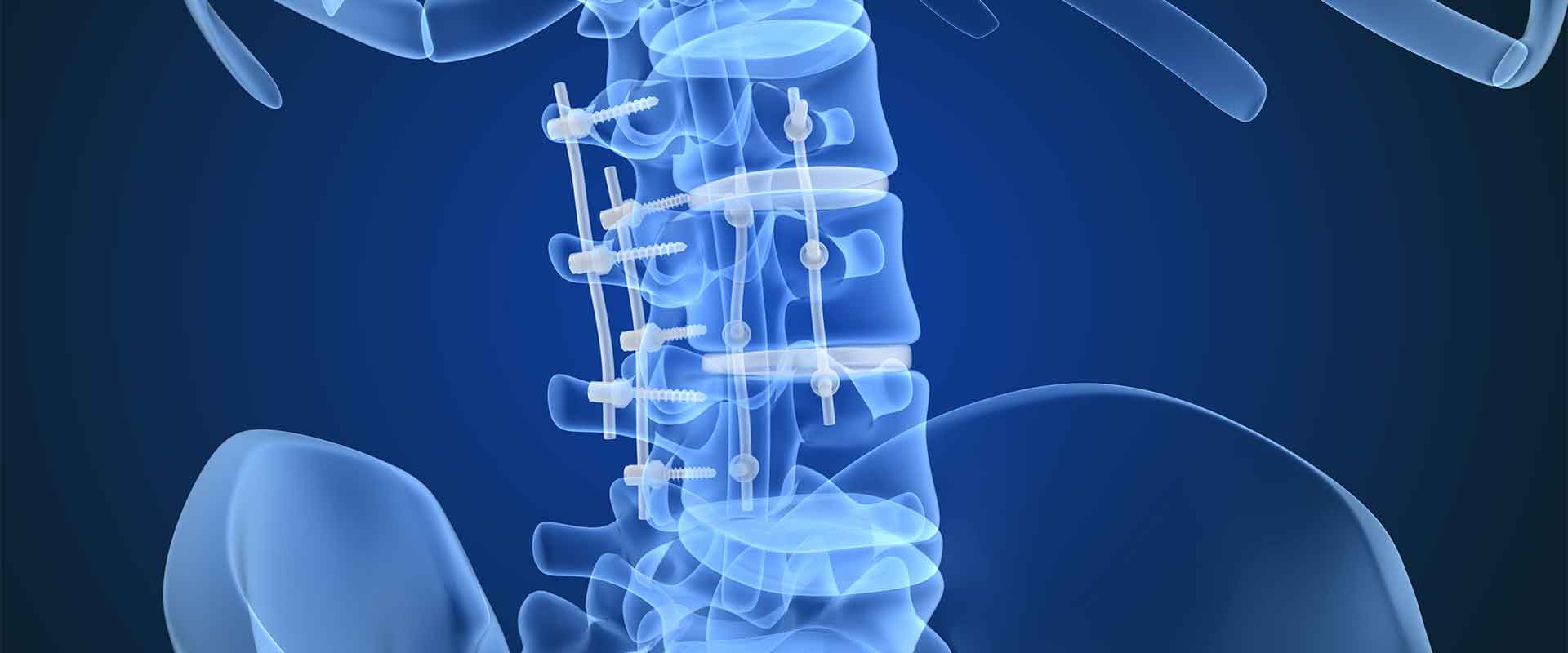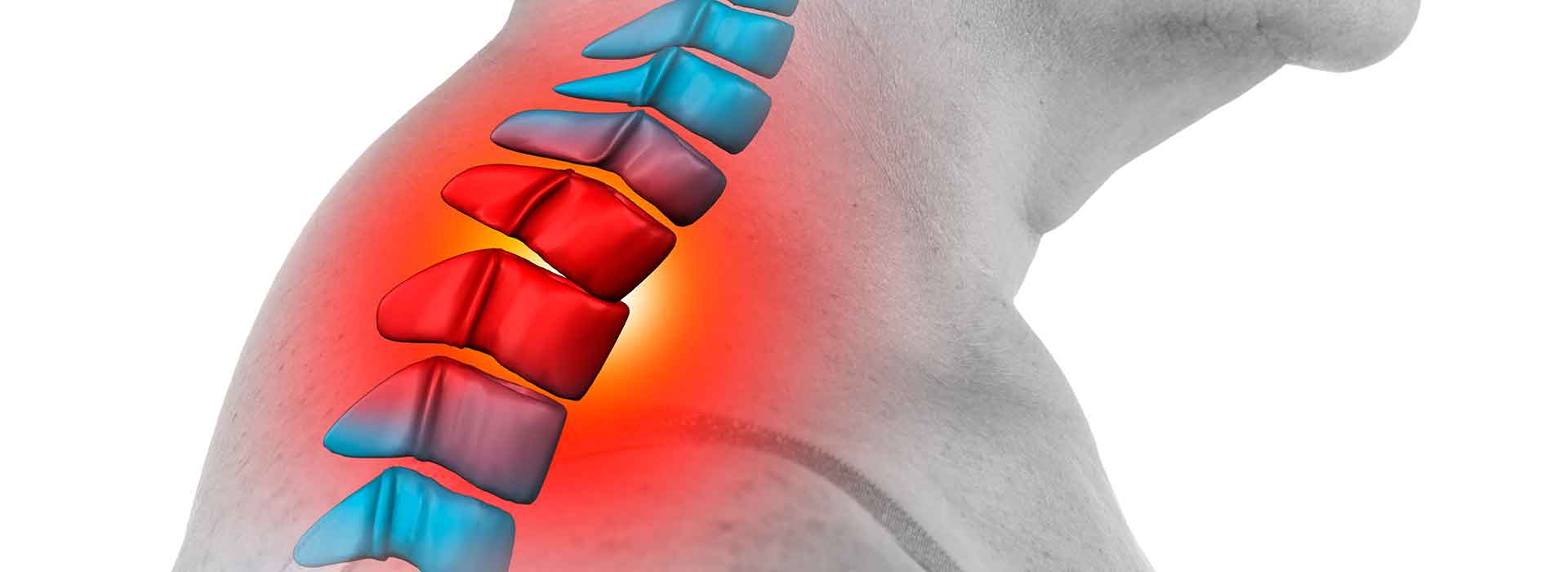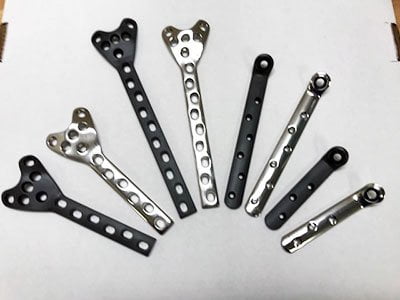PEEK’s biocompatibility has been demonstrated through years of research and patient use. PEEK isn’t the first material to display total biocompatibility, but few materials are as safe and versatile as the high-performance polymer. Even long-standing biomaterial options like titanium can have issues once implanted in the body, but PEEK is showing few limitations on this front. In fact, PEEK is so biocompatible that it can be used in the spine, close to the heart, in the oral cavity and around damaged bone.
There is plenty of safety research to support this approach, with some studies dating back more than two decades. These studies have looked into PEEK’s biocompatibility from a cytotoxic, genotoxic and immunogenic angle, with few concerns being noted.
What is the extent of PEEK’s biocompatibility?
Among biomaterials, no trait is more important than biocompatibility, and PEEK’s has been proven beyond a doubt. In addition to extensive research into the material, PEEK has been incorporated into spinal fusion cages for 20 years, and the results have been overwhelmingly positive. So positive, in fact, that PEEK is being explored for many other roles in medicine. Medical facilities and practitioners trust the biomaterial for their patients.
To be considered biocompatible, a material cannot demonstrate any cytotoxicity or genotoxicity, and it must be immunogenic. There’s plenty of evidence that shows PEEK passes the test in every category. Specifically, this is what medical literature has to say about PEEK’s safety:
1. Cytotoxicity – Cytotoxicity refers to a material’s potential to cause cell injury or death, and it is the bare minimum that a biomaterial must offer. PEEK’s cytotoxic potential has been extensively studied, and the material has been proven safe in this regard.
The first study on PEEK’s cytotoxicity was completed in 1987 and published in the Journal of Material Science Letters. The study used both unfilled PEEK and Carbon Filled PEEK, and they were implanted in rabbits and rats. The rabbits were studied after six months and the rats after 30 days. In both cases, the study’s authors concluded that the biological response was minimal.
Mouse fibroblasts were the test subject in a 1990 study, and the researchers noted how they responded to 96 hours of exposure to PEEK. Again, no biological response was noted, and the study concluded that PEEK exhibits “excellent” biocompatibility following implantation.
A 2003 study published in Biomaterials looked at human osteoblasts, as the study’s authors were considering how well PEEK could function as a total hip replacement. After implantation, the study demonstrated no significant issues regarding osteoblast activity.
2. Genotoxicity – Genotoxicity refers to a material’s likelihood of causing damage to the cell’s genetic structure, and is therefore another important benchmark of biocompatibility. Genotoxicity, though, is something that researchers can determine quickly, so there aren’t as many studies on this subject as there are with cytotoxic studies. PEEK shows no signs of genotoxicity, and is safe in this area, as well.
There is only one major study on PEEK’s genotoxicity, though it is a comprehensive one. Published in Biomaterials in 2002, the study used seven genotype variants of Salmonella bacteria, so the test covered a large range of genetic subjects. The first part of the study used bulk slices of PEEK, applied directly to the agar plate containing the Salmonella sample. No cell mutations were observed following this process. During the study’s second stage, PEEK was delivered with dimethyl sulfoxide, which allowed for much finer dispersion of PEEK through the sample. The researchers looked for any substances given off by the PEEK that could result in cell mutations, and again, they found no cause for concern. They found that this was true even in the presence of extremely high concentrations of PEEK, so the authors concluded that PEEK was not a mutagenic risk.
3. Immunogenic – If a material is immunogenic, that means it produces an allergic response when placed in the body. Immunogenic materials can cause chronic inflammation, and that can cascade into a host of significant medical conditions. Immunogenesis is a point of emphasis when testing a biomaterial.
PEEK’s capacity for immunogenesis was primarily tested in rabbits, through implantation in the subjects’ muscle tissue. Cell samples from the rabbits were taken at eight and 12 weeks, and examined under a microscope. The researchers found no adverse reactions to the PEEK. The study authors then implanted the PEEK in the femoral area as internal fixation devices. The study concluded that PEEK could be used for fracture healing, without producing a significant cellular response to the material.
As these studies show, PEEK demonstrates little likelihood of causing adverse reactions with neighboring tissues in vitro. The majority of patient data also demonstrates this, and there have been no major concerns raised with PEEK.
PEEK biocompatibility is an area of focus among medical practitioners, and the material’s inertness is one of its major draws, making it one of the most promising biomaterials available. PEEK is safe, effective and useful in a variety of medical applications.


